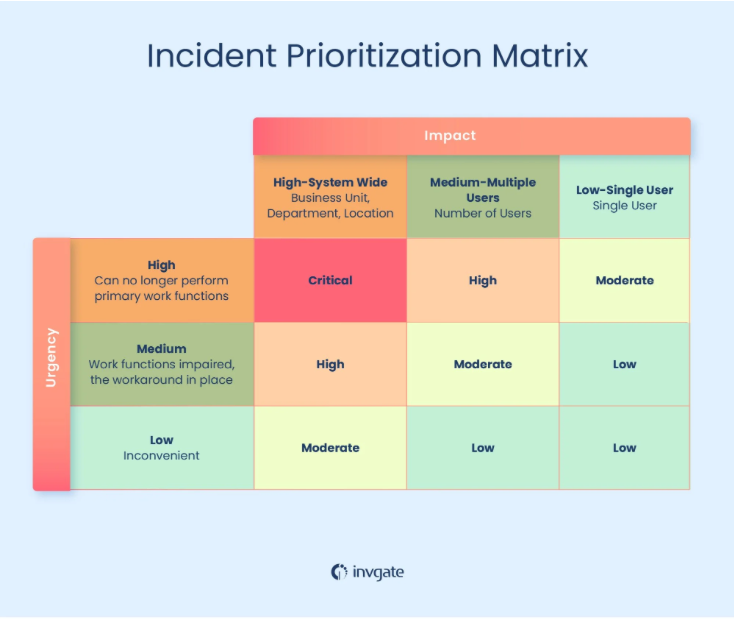Define communication channels
Determine the tools and platforms you’ll use for updates to ensure consistent and effective communication. How will you gather the contacts if you need to reach a specific subset of customers? What communication systems will your team need to be trained on and have access to?
Identify key stakeholders
Determine individuals or groups who might be impacted by or need to know about incidents. For each severity type, you might have different groups of people. Think of customers, end-users, team leads, and executives.
Establish internal communication practices
Effective internal communication helps your team make informed choices throughout the lifecyle of an incident. For example, an account executive might be preparing for a demo with a potential client when a critical server goes down. Without notice, the demo would be a trainwreck because the AE wouldn’t know about the issue. However, they could be promptly informed of the incident with effective internal communication and adjust accordingly.
Setting up clear protocols, practical tools, and efficient workflows ensures your organization has the necessary information to react accordingly. Check out Chapter 5, Incident Communication Best Practices, for more tips.
Clarify roles and responsibilities
You don’t want to scramble during the incident to figure out who’s responsible for what, as this is valuable time you should spend resolving the incident. Determine incident roles and responsibilities beforehand to ensure tasks are handled and duplicate work is avoided. Assign tasks and decision-making authority to team members to foster accountability and efficiency.
